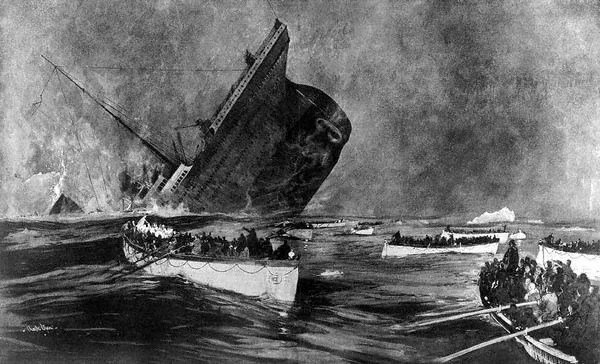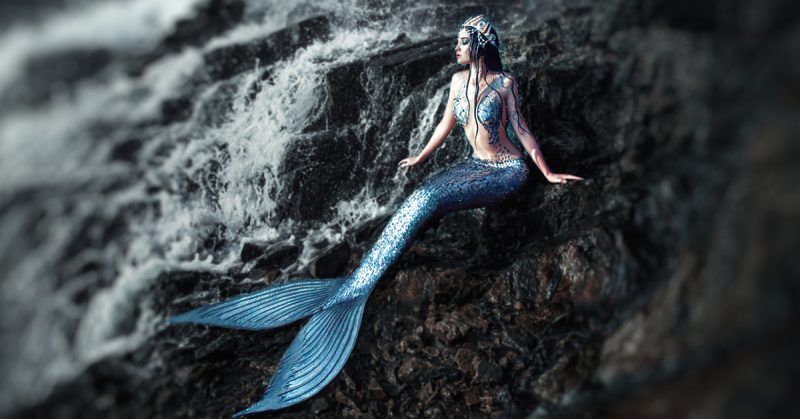Originally published 6 December 2012 @ Scuba Scoop
When Greg Davis’ father relocated to North Carolina, he lost his dive buddy.
Now he has a dive buddy almost anywhere he wants to dive, thanks to DiveBuddy.com, a website he acquired in 2006.
While dive shops often post names of people looking for a dive buddy, Greg found that was inadequate and was determined to offer more.

“DiveBuddy was a listing service going back to 1998 . . . a website to post email addresses everyone could see,” he said. “It was a central repository but was not dynamic and it had to be updated by the webmaster. It was very rudimentary.”
His skill as a webmaster and SQL (a type of database) developer in his workplace was a big advantage in his desire to take DiveBuddy.com to another level.
“I worked my magic on it. I loved to dive and I wanted to create a better service. It is not just a ‘find-a-buddy service,’ ” said Greg. “It’s a total community – sharing photographs, articles, adding dive sites and maintaining a virtual dive log.”
The website is accessed at www.divebuddy.com and to see the map that locates dive sites, click on “Scuba Earth” at the top of the Home page.
“I probably put 2,000 development hours into it. We have over 20,000 members on DiveBuddy. That is divers, dive centres, charter services, resorts and manufacturers, but most are divers and instructors.
For Greg it’s a hobby that pays its own bills but is not a revenue maker nor was it intended to be one. “Social networks are free. It is the ability to have a dive buddy in any state or country . . . I have friends in every location, a cool group of people all there for one purpose.”
He started with an “open source” listing of dive sites. He didn’t want to input everything himself because that is very work intensive. Also, by opening it up to others, as Wikipedia does, any member can add a dive site they are familiar with and “because we have so many divers, everyone double checks each other. I keep track of all the changes.”
So far, about 81 percent of the members are in the U.S., three percent in Canada, three percent in the United Kingdom and the remainder are in “the rest of world; over 150 countries are represented on DiveBuddy.com.”
In the U.S., Greg says the four largest areas in terms of dive sites, are Southern California, all of Florida, Texas in the Gulf region and the tri-state northeastern states of New York, New Jersey and Pennsylvania.
In Canada, he sees the main areas as Ontario and British Columbia.
Greg pinpoints scuba areas similar to how Google Earth locates streets, houses and other buildings. He believes his website does a better job locating dive areas than one operated by PADI. He suggests that scuba divers view them both and decide for themselves.
There are also forum discussions on diving, underwater photos and he has added a special centralized section for stories written by his members on dive sites with which they are familiar. “It’s a member-driven community.”
Greg’s personal favourites are wreck-diving off the coast of North Carolina and the Blue Lagoon near Huntsville, Texas, an old quarry that is not too deep and is a popular training area. An open water instructor, Greg has certified more than 400 students. Blue Lagoon is one of several inland dive sites in Texas, he says.
His two favourite sites represent rather dramatic contrasts. “Wreck diving is an adrenalin rush – that excitement of being on a wreck and cruising through it. It can be complicated. On the flip side if you go to Blue Lagoon there’s serenity. Your ears can relax while you enjoy a peaceful day on the water.”
Thanks Greg for the interview.
Kathy Dowsett






Leave A Comment